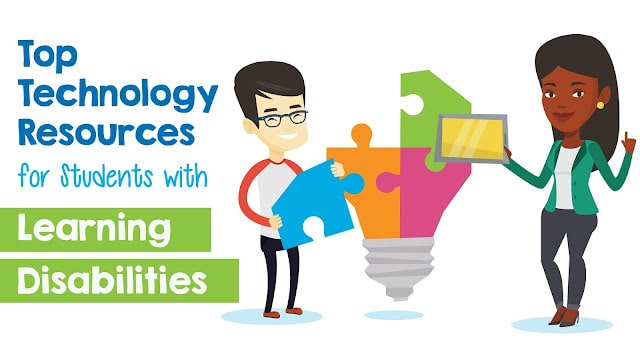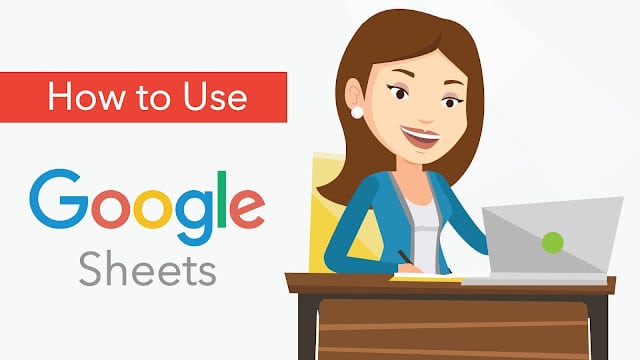How Teachers Can Use ChatGPT To Assess Students and Provide Feedback
In the modern age of education, the use of technology has become a vital aspect of classroom management and assessment. One such technology that has gained attention in recent years is ChatGPT, a language model that uses artificial intelligence to communicate with humans in a natural language format. In the context of education, ChatGPT has shown remarkable potential in assisting teachers with student assessments and providing feedback. This article will explore the various advantages of using ChatGPT, the procedures for setting up ChatGPT in the classroom, effective practices for using ChatGPT in assessments and feedback, and future implications for its use in education.
1. Introduction to ChatGPT for Assessment and Feedback
What is ChatGPT?
ChatGPT is an AI-based language model that can generate human-like responses to various inputs. It is a tool that can help teachers assess student work and provide feedback efficiently and accurately.
The Role of Technology in Modern Education
Technology has revolutionized education in recent years by providing new opportunities for students to access learning materials, communicate with teachers, and collaborate with peers. Technology has also made it easier for teachers to assess students and provide feedback in a more efficient and effective manner.
2. Advantages of using ChatGPT for Teachers
Accuracy and Consistency in Grading
ChatGPT can help ensure that every student’s work is evaluated consistently and accurately, without bias or personal preferences. This can help solve the problem of grading subjectivity and ensure that every student receives a fair evaluation.
Time Management and Efficiency
Using ChatGPT can save teachers a significant amount of time when grading assessments. ChatGPT can quickly analyze a student’s work and provide feedback, freeing up time for teachers to focus on other important aspects of teaching.
Objective and Unbiased Evaluation
Since ChatGPT does not have personal biases, it can provide an objective evaluation of student work. This reduces the chances of a student receiving a grade based on personal preferences or biases of the teacher.
3. Setting up ChatGPT for Classroom Use
Choosing the Right Tool for Your Classroom
Before setting up ChatGPT for classroom use, teachers must select the appropriate tool for their needs. Some tools may be better suited for certain subjects or grade levels, so it’s important to research and evaluate different options.
Installation and Setup Procedures
After selecting the appropriate tool, teachers can begin the process of installing and setting up ChatGPT for classroom use. The specific procedures may vary based on the tool selected, but most tools have simple installation and setup processes.
4. Conducting Assessments and Providing Feedback using ChatGPT
Creating and Customizing Assessments
Teachers can use ChatGPT to create and customize assessments based on their curriculum and teaching goals. This can include multiple-choice questions, short answer questions, and essay prompts.
Providing Feedback through ChatGPT
ChatGPT can provide feedback on student work, allowing teachers to evaluate student progress and identify areas for improvement. Teachers can also provide additional feedback to supplement the feedback provided by ChatGPT. This can help students improve their understanding of the material and enhance their performance on future assessments.
5. Integrating ChatGPT into Lesson Plans
Identifying Opportunities for Integration
As ChatGPT continues to gain popularity in the education space, teachers are beginning to explore ways to integrate it into their lesson plans. One of the best ways to do this is to identify opportunities where ChatGPT can be used to support student learning and assessment. For example, ChatGPT can be integrated into writing lessons to help students improve their grammar and sentence structure. Teachers can also use ChatGPT to assess student understanding of concepts through quizzes and assessments.
Designing Effective Lesson Plans with ChatGPT
To design effective lesson plans with ChatGPT, it is important to start with the learning objectives and goals. Teachers should then consider how ChatGPT can be used to support these objectives and goals. It is also important to consider the technology requirements and logistics of using ChatGPT in the classroom. For example, teachers need to ensure that students have access to the right devices, and that the technology is easy to use.
6. Examples of Effective ChatGPT Use in the Classroom
Real-world Examples of ChatGPT Implementation
ChatGPT is relatively new in the education space, but there are some examples of how it has been used effectively in the classroom. For example, some teachers use ChatGPT to help students with their writing by providing instant feedback on grammar and sentence structure. Other teachers use ChatGPT to automatically grade student assignments and assess their understanding of concepts.
- Provide a writing prompt or assignment to students, such as an essay or research paper.
- Have students submit their written work to the teacher via a learning management system (LMS) or other platform.
- Use ChatGPT to analyze the text and provide feedback on grammar, style, and structure. Many LMS systems have plugins that can be used to integrate ChatGPT’s feedback into the grading process.
- Review the feedback provided by ChatGPT and use it to inform your own feedback to the student. Be sure to read the student’s work carefully and provide personalized feedback that addresses any issues or areas where the student could improve.
Benefits and Challenges of ChatGPT in the Classroom
While ChatGPT has the potential to revolutionize the classroom, there are also some benefits and challenges associated with its use. Some benefits include faster feedback, improved accuracy of assessments, and the ability to support student learning in real-time. However, there are also some challenges to consider, such as data privacy and security concerns, potential biases in the AI, and the need for technical support and training.
7. Best Practices for ChatGPT Usage in Assessment and Feedback
Ensuring Data Privacy and Security
One of the most important considerations when using ChatGPT in the classroom is ensuring data privacy and security. Teachers should only use reputable providers of ChatGPT technology that have strong data security protocols in place. It is also important to explain to students how their data will be used and stored, and to get their consent before using ChatGPT in the classroom.
Improving Accuracy of Results
To improve the accuracy of ChatGPT results, it is important to train the model on relevant data and to use it for tasks that it is well-suited for. Teachers should also test the model regularly to ensure that it is performing accurately, and should provide feedback to the provider if there are any issues.
8. Conclusion and Future Implications for ChatGPT in Education.
Overall Assessment of ChatGPT in the Classroom
Overall, ChatGPT has the potential to be a valuable tool for teachers to use in the classroom. It can help to provide faster and more accurate feedback on student work, and can support student learning in real-time. However, there are also some challenges associated with its use, such as data privacy and security concerns, potential biases in the AI, and the need for technical support and training.
Future Development and Potential Applications of ChatGPT in Education
Looking to the future, the development and potential applications of ChatGPT in education are exciting. As the technology continues to improve, it may be possible to use ChatGPT for a wider range of tasks, such as grading essays and helping students learn new languages. It is also possible that ChatGPT may become a more integral part of the education system, helping to support student learning and assessment in new and innovative ways.In conclusion, the implementation of ChatGPT in classrooms has the potential to revolutionize the way teachers evaluate and provide feedback to their students. With its accuracy, consistency, and efficiency, ChatGPT can help educators save time and enhance the quality of their assessments. As technology continues to advance in education, there is no doubt that ChatGPT will play an increasingly significant role in shaping the future of teaching and learning.
FAQs
Can ChatGPT replace human teachers entirely?
No, ChatGPT is meant to assist teachers in their assessments and feedback. It cannot replace the expertise and guidance of a human teacher.
Is ChatGPT accessible for all students?
ChatGPT’s performance may vary depending on the language proficiency of the student. However, it can support a variety of languages and dialects. Therefore, it can be useful for bilingual or multilingual students.
How can ChatGPT improve the quality of assessments?
ChatGPT can help reduce the subjectivity of assessments and eliminate human error in grading. It can also provide immediate feedback to students, which can help them identify their strengths and weaknesses, and improve their performance.
Is ChatGPT safe for students to use?
ChatGPT is a safe and secure tool for use in the classroom, as long as data privacy and security measures are taken. It is important to ensure that student data is protected and that students are aware of the purpose and limitations of the tool.







